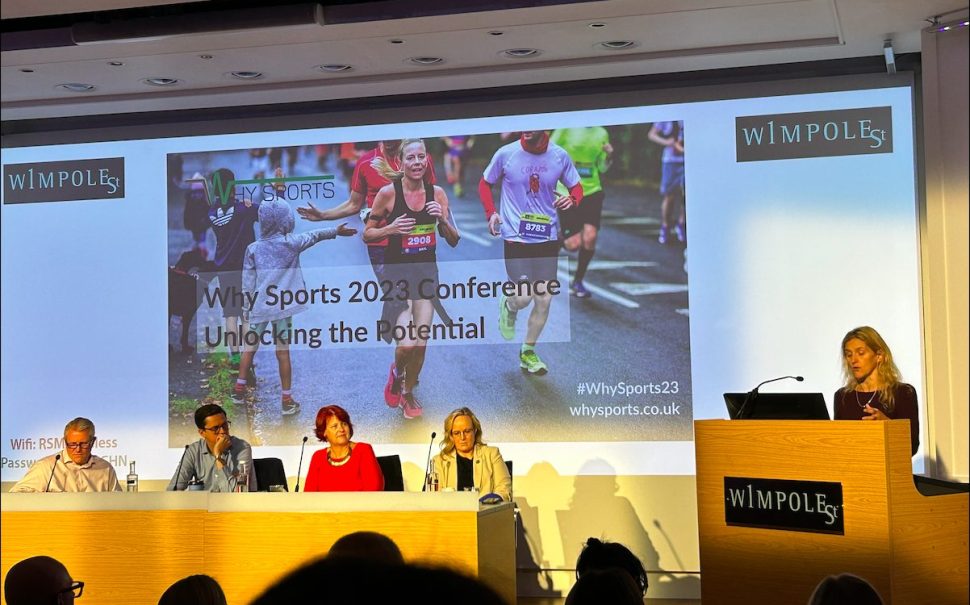The Why Sports 2023 conference brought together people and organisations passionate about using physical activity to drive positive societal change.
Held on Wednesday 25th October at the Royal Society of Medicine, London, the event focused on ‘unlocking the potential’ of the sport sector.
Kim Leadbeater, MP for Batley and Spen, was in attendance and spoke about the value of sport, including improved physical and mental health, social benefits and connecting communities.
She said: “Whatever the question, sport and physical activity is so often the answer.”
What are the problems?
We need to improve the nation’s ‘physical literacy’.
Less than 50% of children are meeting the government recommended 60 minutes of physical activity a day and less than 25% of adults are doing 30 minutes a day.
Teenage girls fail to engage the most and Asian, Black and disabled children are the most likely to do less than 30 minutes a day.
In affluent areas, more than 75% of people are active, whereas in deprived areas, less than 30% are active – with cost cited as the biggest barrier.
Sport and leisure fall under non-statutory spending, so as council funding is being cut, leisure facilities are suffering, with 60% of leisure estate being more than 20 years old.
With the backdrop of Covid’s legacy and local government lacking funding, inequalities in activity levels are continuing to grow.
What are the solutions and what’s next?
- More investment
Sport England are a quarter of the way through their 10-year ‘Uniting the Movement’ strategy aimed at tackling long-standing inequalities.
They have already invested half a billion pounds through long-term funding partnerships and they hope to continue to “transform people’s lives through sport and physical activity.”
Sport England is also administering the government’s Swimming Pool Support Fund, providing a total of £60 million to local authorities to improve public leisure facilities.
- Targeted programmes
Claire Edwards, Head of Campaign Activation at Sport England, cited fear of judgement as the main reason a Gender Activity Gap exists.
The ‘This Girl Can’ campaign, created by Sport England and funded by The National Lottery, worked to remove the psychological barriers for girls and women.
This Girl Can classes are designed to empower beginners and to create a community of women getting active together in a safe space and “giving judgement the finger.”
- A more local approach
The CIMSPA local skills delivery project is a programme that aims to train the workforce in order to match supply and demand of jobs in the sport and physical activity sector at a local level.
The programme is rolled out through local skills hubs and has demonstrated that localised projects have a larger impact than similar programmes at a central government level.
- Cross-departmental approach
Leadbeater has a vision for a more cross-departmental approach within government to target all areas affected by physical activity.
She said: “We need to unlock the power of a holistic approach, where all sectors can work together.”
- Innovation
With the second highest overhead for leisure centres being energy, leisure facilities need to become more environmentally sustainable to become financially sustainable and remain open.
Leisure Energy Limited is supporting the transition to Net Zero Carbon in leisure facilities through their innovative energy saving solutions.
Nick Pontefract, Chief Strategy Officer at Sport England believes the future is bright.
He said: “I don’t know another sector that is as ambitious for growth and change as this one.”





